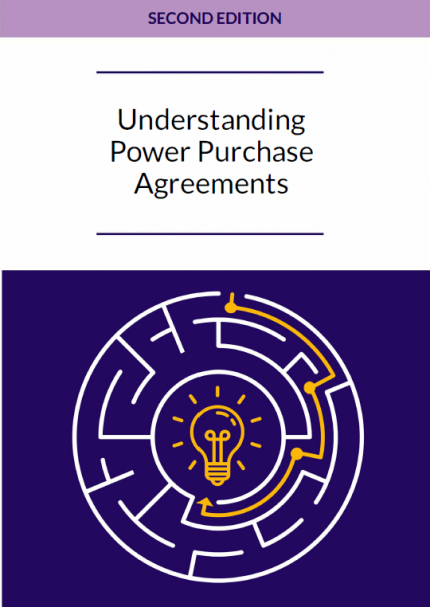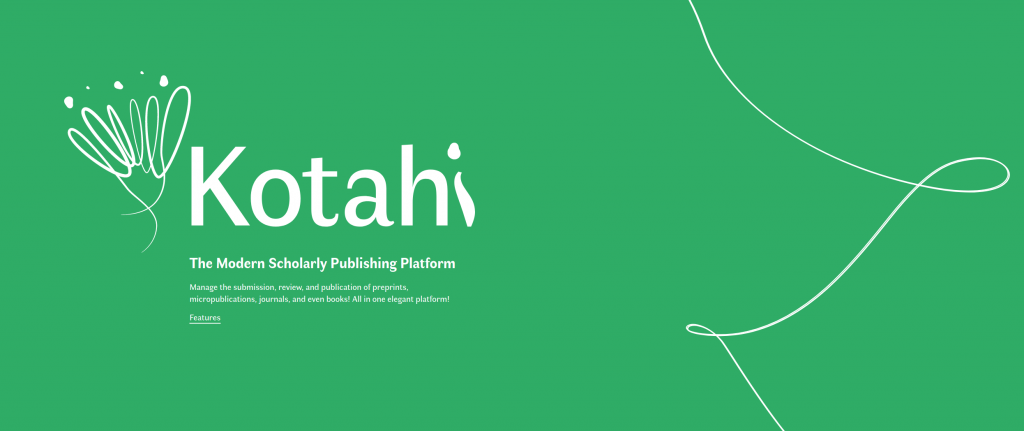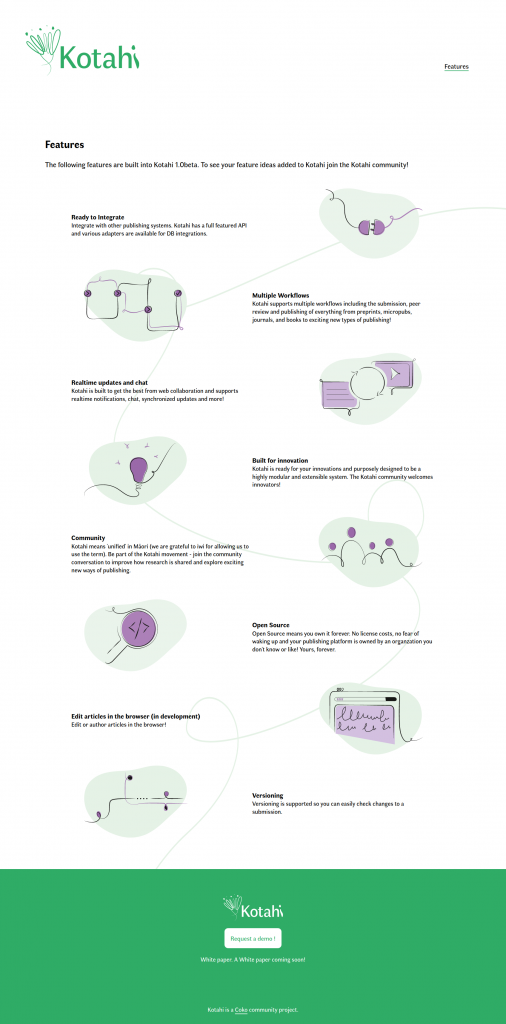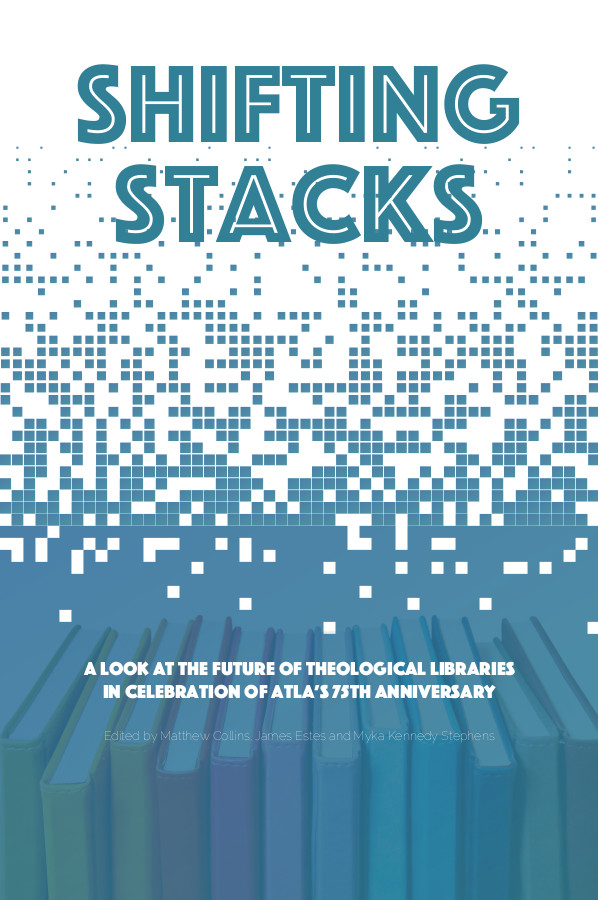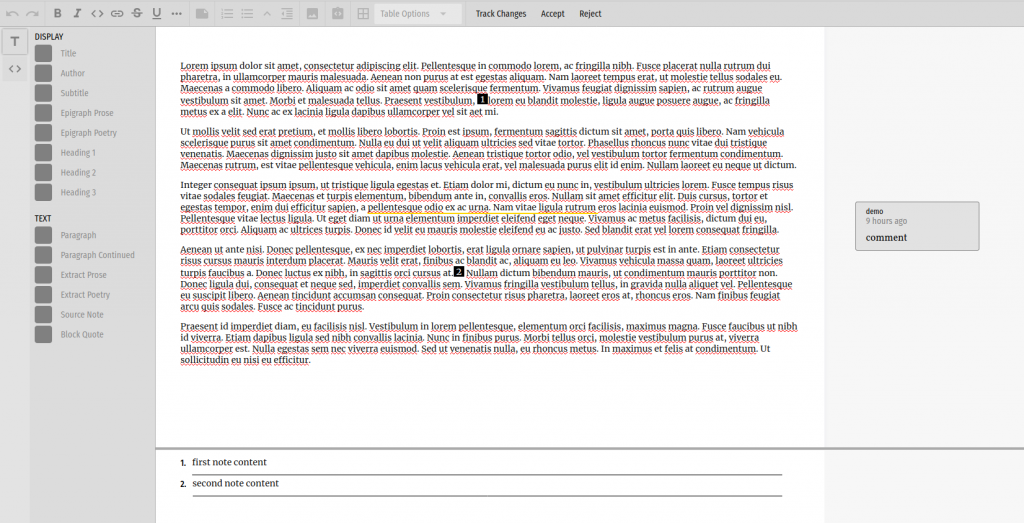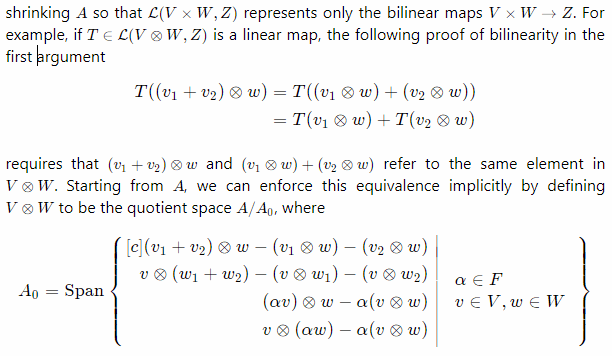The awesome Book Sprints folks continue to do amazing work.
In July 2019, the U.S. Department of Commerce’s Commercial Law Development Program (in partnership with the African Legal Support Facility) brought together a group of world-class experts to update and refresh the “Understanding Power Purchase Agreements” handbook five years after the original publication. The updated handbook, funded by Power Africa, includes additional insight and case studies on the negotiation of power purchase agreements for both small and large-scale projects, along with new guidance on emerging issues in the African power markets such as commercial and industrial power purchase agreements and cross-border agreements.
The updated handbook was drafted using the Book Sprint method, which allowed our diverse group of contributors from African governments, multilateral institutions, development banks, private developers, procurement consultants, and leading international law firms, all whom contributed their time on a pro-bono basis, to complete the handbook in only five days. Version 2.0 of the handbook is available here in PDF format. The handbook is published under the Creative Commons License. Please contact Mohammed Loraoui with any questions regarding the handbook.
From https://cldp.doc.gov/programs/cldp-in-action/details/2547 (Oct 15,2020)
